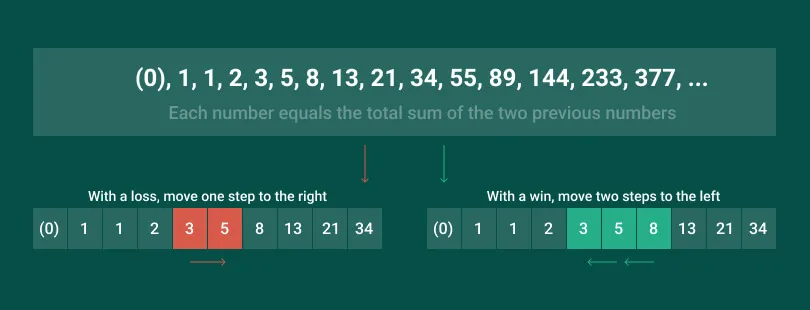
The Fibonacci Sequence: Transforming Roulette Betting Strategies
The allure of the roulette wheel has captivated gamblers for centuries, leading to the development of numerous betting strategies aimed at beating the odds. Among these, the Fibonacci roulette betting strategy stands out for its mathematical foundation and strategic approach to wagering. This method, rooted in the Fibonacci sequence, offers a structured alternative to random betting, potentially enhancing the gambling experience with a blend of logic and chance.
What kind of strategy is this, and who came up with it and when?
The Fibonacci betting strategy is named after the Italian mathematician Leonardo Pisano Bigollo, known as Fibonacci, who introduced the sequence to the Western world in his 1202 book “Liber Abaci”. Though the sequence itself was known to Indian mathematicians as early as the 6th century, Fibonacci’s work brought it to prominence in Europe. The strategy applies this sequence to roulette betting, where each bet is determined by the sum of the two preceding bets.
The sequence starts with 0 and 1, and each subsequent number is the sum of the two preceding ones (e.g., 0, 1, 1, 2, 3, 5, 8, 13, 21, and so forth). In the context of roulette, the strategy ignores the zero and begins with two 1s. The idea is not to aim for a big win with a single bet but to accumulate smaller wins that can potentially offset losses over time.
What is its main meaning?
The essence of the Fibonacci strategy in roulette is to increase the bet size following a loss, according to the Fibonacci sequence, and decrease it after a win, moving back two numbers in the sequence. This method is primarily used for even-money bets in roulette, such as red or black, even or odd, 1-18 or 19-36. The rationale is that the sequence’s mathematical properties can help manage bets in a way that balances risk and reward.
After a loss, moving forward in the sequence ensures that the amount wagered is sufficient to recover previous losses should a bet win. Conversely, after a win, stepping back two places in the sequence helps secure some of the winnings while still maintaining a position to recover losses.
This strategy requires patience and a long-term perspective. It’s not about winning big quickly but minimizing risk and aiming for steady, small gains. Importantly, it also presupposes a solid bankroll, as losing streaks can require several bets to recover.
How effective is it and what you need to learn to use it?
The Fibonacci strategy, like all betting systems, cannot guarantee success due to the inherent house edge in roulette. However, it can help manage your bankroll more effectively by structuring bets in a disciplined way. Understanding the sequence and its application to betting is crucial; this requires familiarity with basic arithmetic and the ability to adjust bets according to the sequence without losing track.
Effectiveness also hinges on a player’s ability to stick to the strategy without deviation. This includes setting a clear stopping point, whether it’s a certain level of profit or a maximum number of steps in the sequence to follow before taking a break or stopping altogether.
To employ the Fibonacci strategy, players must also learn to cope with the psychological pressure of increasing bets during losing streaks and the discipline to decrease bets after wins. It’s this balance between risk management and psychological fortitude that can make the strategy more effective than random betting.

Tips for beginning
Beginners should start with the lowest possible bet size allowed at the roulette table to maximize the sequence’s potential. It’s also wise to practice the strategy in a low-pressure environment, such as online simulators or low-stake tables, to become comfortable with sequence progression and regression.
Setting a clear budget and sticking to it is paramount. Determine in advance how much you are willing to lose and stop immediately if you reach that limit. Remember, the goal is to enjoy the game and manage your bankroll effectively, not to chase losses.
Summarizing how effective it is
In summary, while the Fibonacci roulette betting strategy offers a systematic approach to wagering, it’s important to remember that no strategy can overcome the house edge. Its effectiveness lies more in bankroll management and the psychological aspect of betting than in securing consistent wins.
As with any gambling strategy, the key to the Fibonacci method is discipline, realistic expectations, and a clear understanding of the risks involved. Whether you’re looking to add structure to your betting routine or simply curious about the application of mathematical sequences in gambling, the Fibonacci strategy provides an intriguing approach to the timeless game of roulette.



